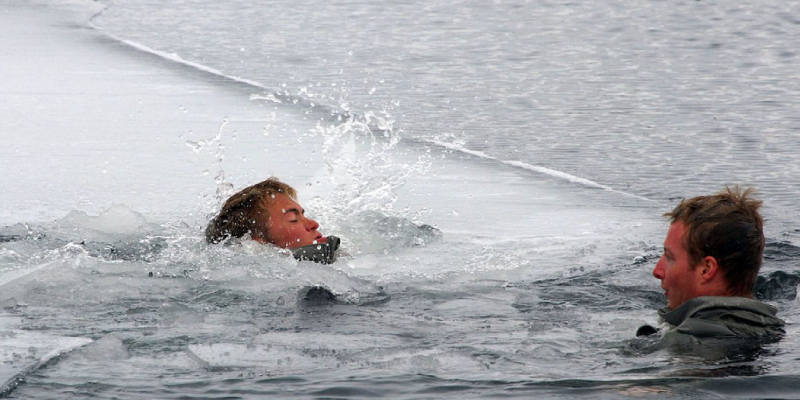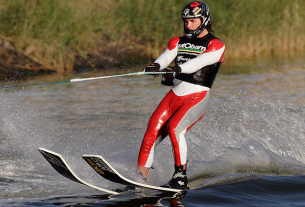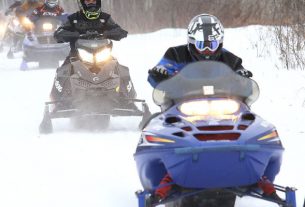What happens with the patient suffering from hypothermia?
It is essential to be prepared for the bitter cold for the people living in some of the coldest places on the planet. One has to cover all their body parts with thick clothes, possibly windproof along with a waterproof layer and a life-jacket. One can also select cold weather resistant suits from the list given below
- Wet coat
- Drysuit
- Immersion and survival suit
- Exposure coveralls
The common symptoms of the hypothermia
The temperature of the arms and legs shoots low as the cold in the surrounding increases. One can also face common symptoms like shivering due to exposure and pressure of chilled breeze and snow. Some of the people may also find it difficult to breathe, and the rest of them will face difficulty in moving and using their hands. In no time the one can also witness a sudden low down in temperature of other body organs like heart, brain, and lungs resulting in death if no measures to warming the body are performed. One might become unconscious due to less flow of blood to the brain, and while the people in the cold water can also die due drowning in the bitterly cold water. After some time, the body temperature can fall at a high pace resulting in heart failure, and the patient can die due to cardiac arrest.
The common signs in patients suffering from hypothermia
The patients suffering from hypothermia or lack of heat will shiver continuously. Their body movements will also restrict any motions or actions. One can even notice that the patients suffering from hypothermia or severe cold will fall back and walk-in an unstable manner. The concentration of the person also decreases as the brain freezes along with dilated pupils.
The first rescue guide to reducing health risks from hypothermia
The first and foremost thing every person must perform is to come out from the cold scenario or the water and settle themselves in any form of comfortable resting position. One can also cross their arms and hold their chest tightly to heat the body until they are accompanied by anyone to assist them for help. One should also avoid unnecessary movement as this can also waste the remaining energy, which is crucial for surviving the odds. One can also use the HELP position prescribed by Canadian health care experts.
Know More About : What To Know About Snowmobiling On Ice?




